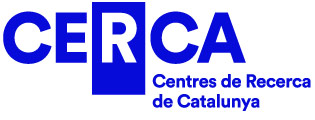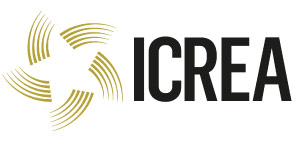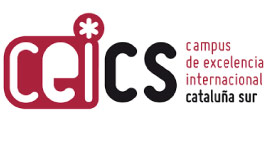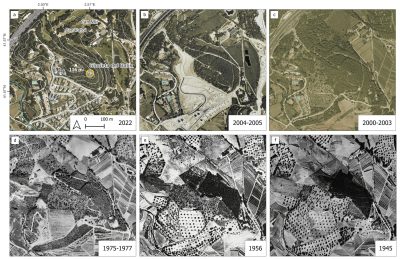
A new study, led by the Landscape Archaeology Research Group (GIAP) of the Catalan Institute of Classical Archaeology (ICAC-CERCA), unveils new details about the battlefield of Turó del Balís, one of the last Republican resistance episodes in Maresme (Catalonia) at the end of the Spanish Civil War, and proposes the preservation of the archaeological site.
The Francoist offensive in Catalonia began in late December 1938 and extended until early February 1939. The Republican Army was nearly defeated after the Ebro battle and the prolonged war effort of the front in the Pallars region. However, it attempted to reorganize the Catalan front in successive defense lines and fought the invasion on several battlefields across the country. Some of these clashes have left material remains that have only recently been excavated, such as the battle of Ordal or the trenches of Abrera on the Llobregat River.
Although the intense fighting impacted the oral memory of many villagers, the battlefield has almost gone unnoticed until today.
Between January 28 and 29, 1939, Republican troops established a new front between Sant Vicenç de Montalt and Caldes d’Estrac. They fought against Italian and Spanish troops of the Corpo Truppe Volontarie advancing along the Maresme coast (Barcelona). The Balís battle took place during the coastal campaign that began just after the Francoist military occupation of Barcelona on January 26. The Italian divisional forces of the Blue Arrows encountered the Republicans entrenched on the top of Balís‘hill. Although the intense fighting impacted the oral memory of many villagers, the battlefield has almost gone unnoticed until today.
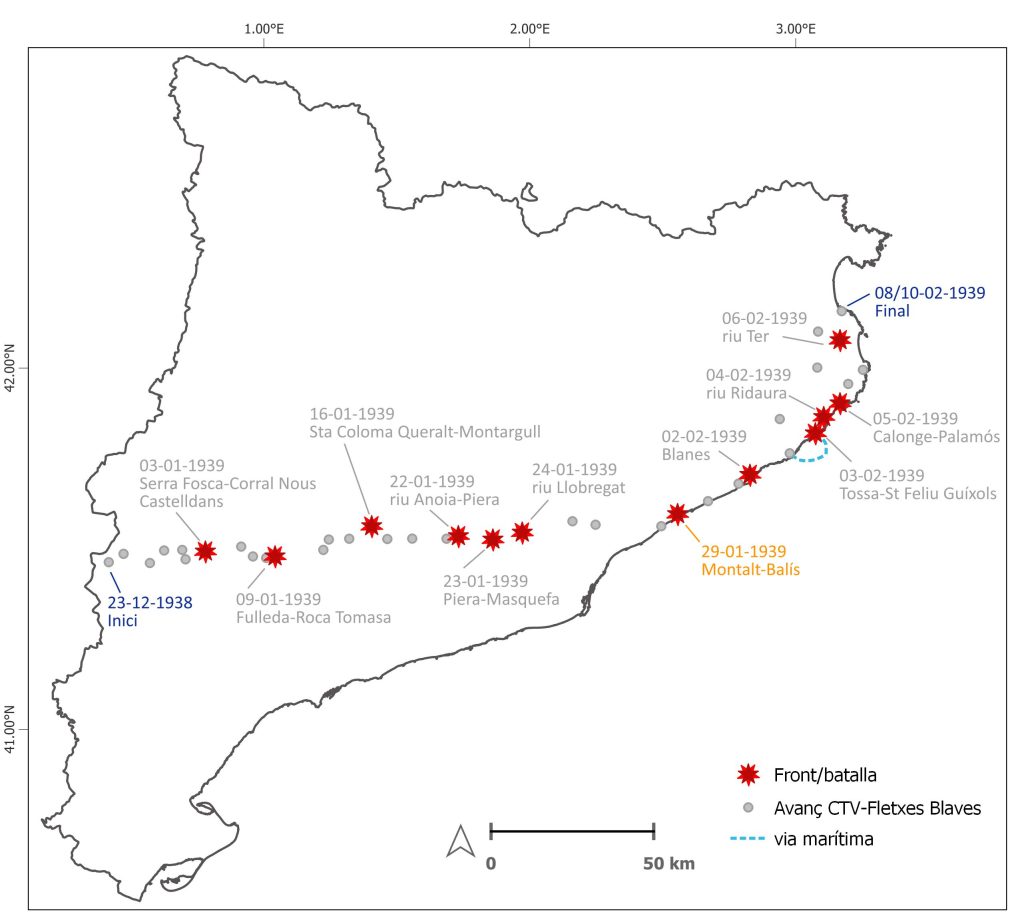
The study provides a first approach to the historical and spatial context of the battle based on the comparative analysis of archival records of the Italian divisional army, such as the Civil War collection preserved at the Catalan Institute of Cartography and Geology. Among the writings and memories of the offensive and the tactical cartographic maps made by the Italians, there is also a collection of annotations and tables with daily records of the combat zones where the Blue Arrows fought.
This information has been processed through cloud computing platforms using machine learning and optical character recognition (OCR) processing tools for the fastest and most homogenous transcription of historical text collections.
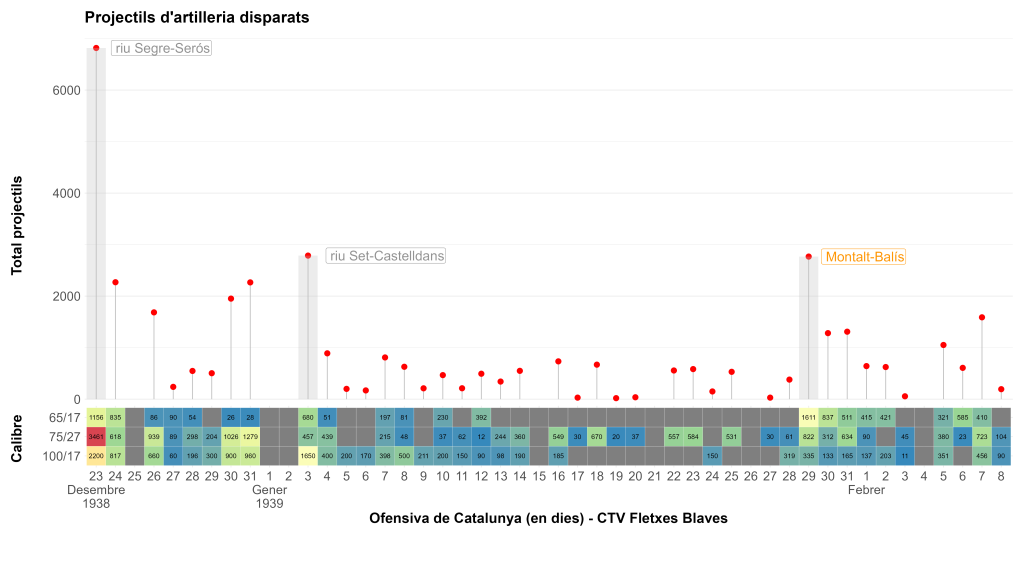
The Italian data provides quantitative information about the Catalan offensive and offers almost daily campaign records that can be analysed and compared with the fighting at balís and in other notable episodes of Republican resistance, such as the defense of Castelldans or Santa Coloma de Queralt and the defensive lines established in natural defenses such as the rivers Llobregat, Ter or Ridaura, among others. These operations never could reverse the offensive. However, as happened at Balís, they managed to slow down the Francoist advance. They provided essential time to reorganize the Republican rearguard and ensure the bulk of the civilian withdrawal towards exile.
The preservation of the archaeological site is threatened by urban growth
The battle’s area has been delimited through the combined analysis of archive funds, historical cartography, and the recent recovery of a collection of archaeological materials illicitly taken from the Balís battlefield. Currently, however, the preservation of the archaeological site is threatened by urban growth, which is rapidly transforming the traditional agricultural landscape of the Maresme coast. This pressure makes the need to protect the battlefield area even more evident, together with a new survey and excavations program. After all, 2024 will mark 85 years since the battle and the end of the Catalonia war campaign.
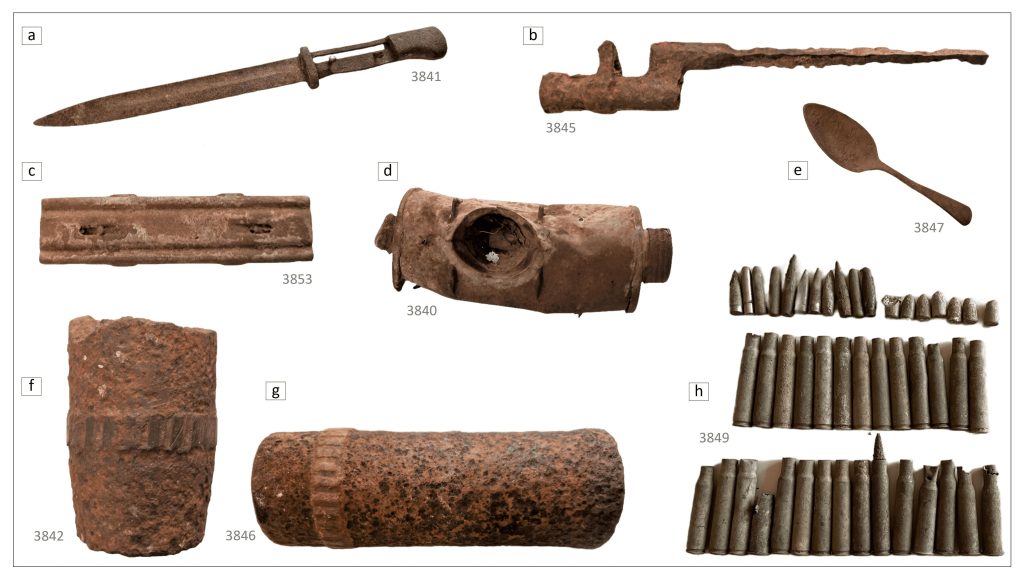
The research has been published in the International Journal of the Civil War, Ebre 38, from the University of Barcelona. It promotes historical, archaeological, and didactic dissemination studies on the heritage of the Spanish Civil War.
The article is available openly and includes a data repository and R software code to visualize Italian data so that the results can be reproduced and used in the study of other battlefields and episodes of Republican resistance. Check these links:
- Paper: https://revistes.ub.edu/index.php/ebre38/article/view/44847
- GitHub: https://github.com/fconesa/TuroBalis2023
- CORA: https://doi.org/10.34810/data888
Conesa, F. C. (2023). «L’últim front al Maresme: la batalla del Turó del Balís a finals de gener de 1939». Ebre 38: Revista Internacional De La Guerra Civil 1936-1939, 13(13), 7–35. https://doi.org/10.1344/ebre38.2023.13.44847
About the Catalan Institute of Classical Archaeology (ICAC-CERCA)
The Catalan Institute of Classical Archaeology (ICAC-CERCA) is a CERCA center established as a consortium in 2003 by the Government of Catalonia and the Rovira i Virgili University. It is a Catalan institution with an international scope, at the forefront of research and conservation of archaeological heritage. Its headquarters are located in Tarragona, a city recognized as a UNESCO World Heritage Site in the year 2000. Its researchers work to understand the past through the study of archaeological remains and promote the preservation of the historical legacy. We are CERCA!
For more information, visit www.icac.cat.



